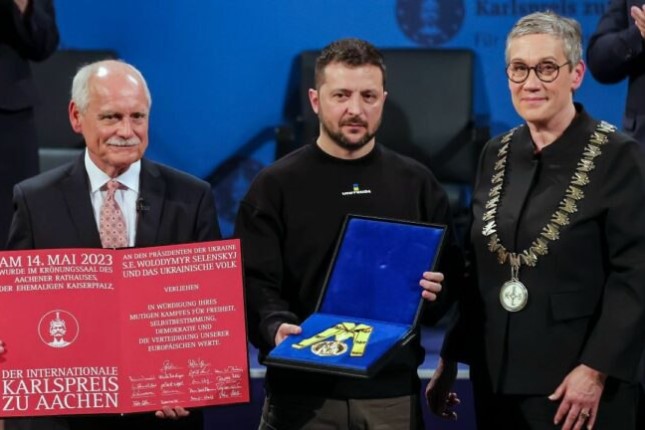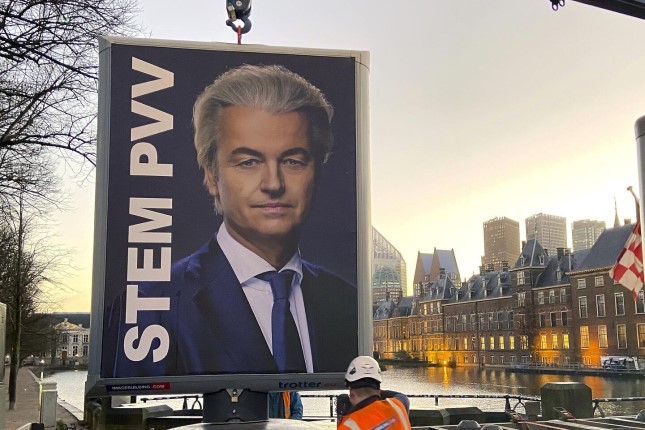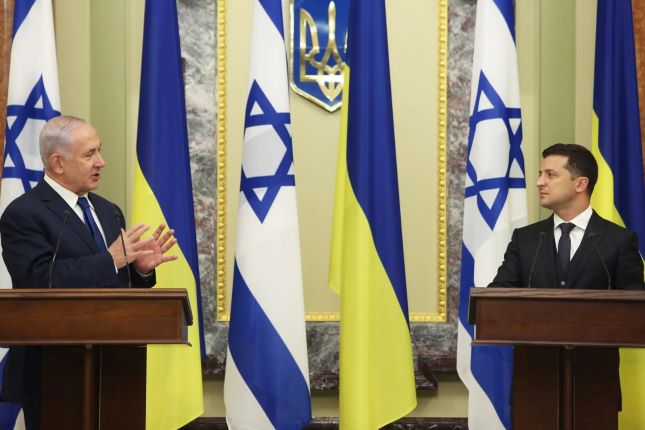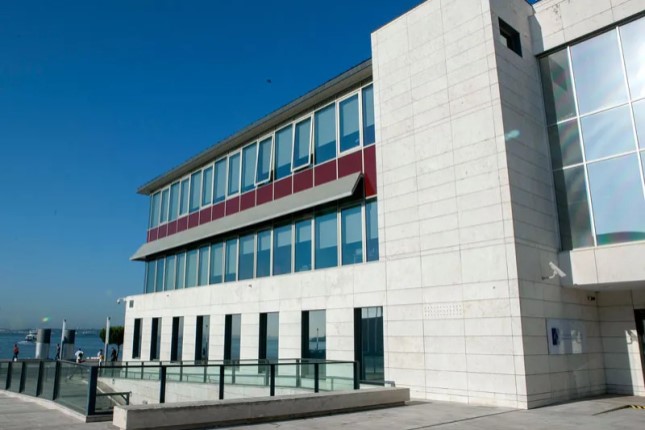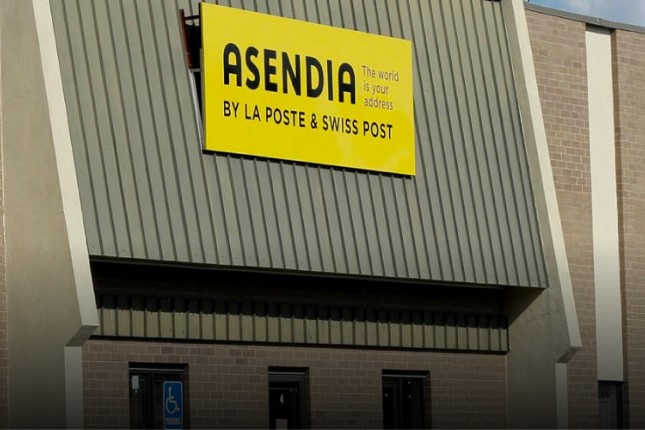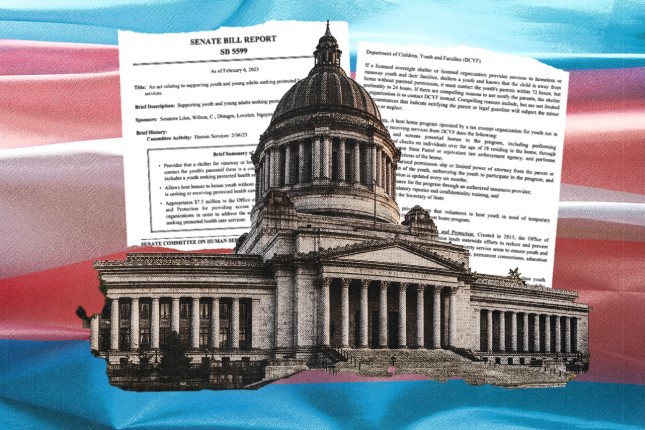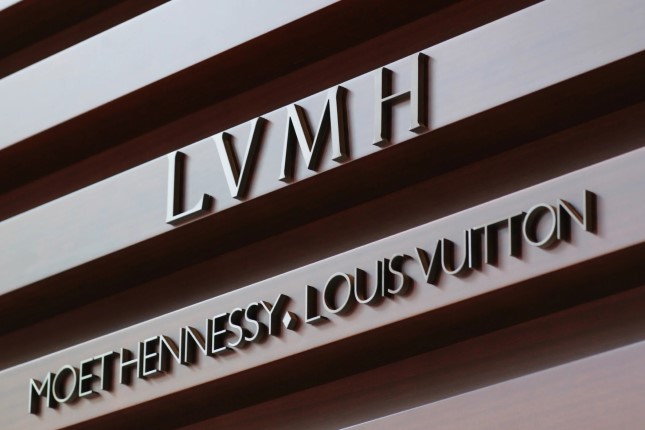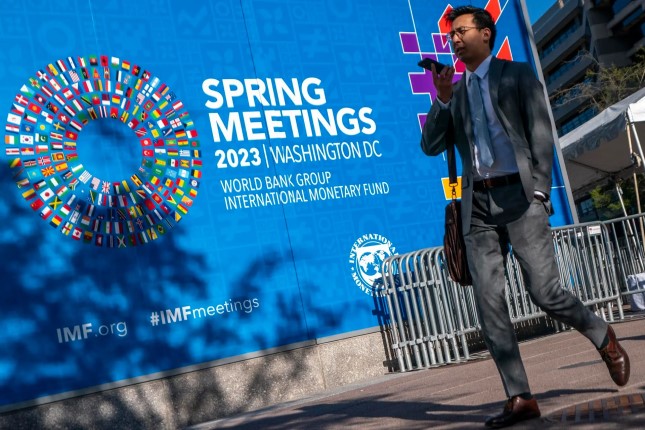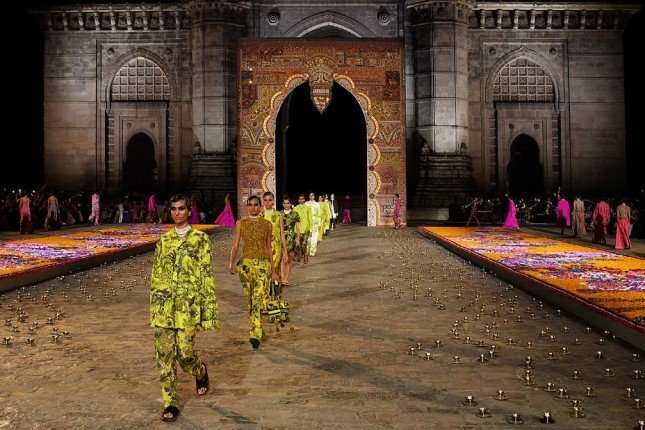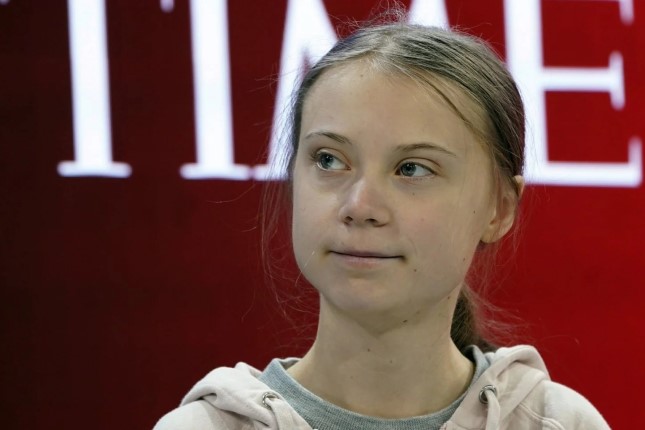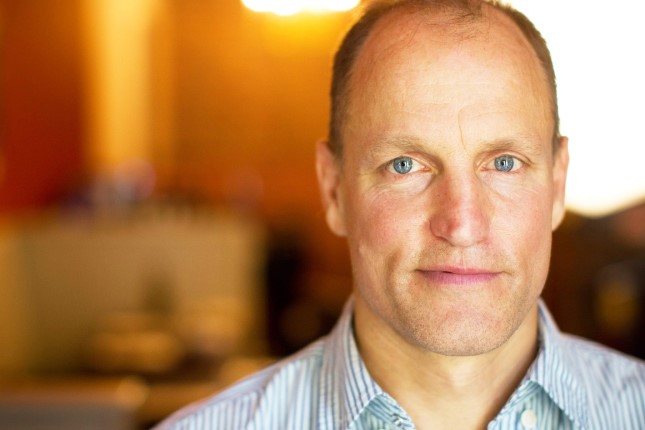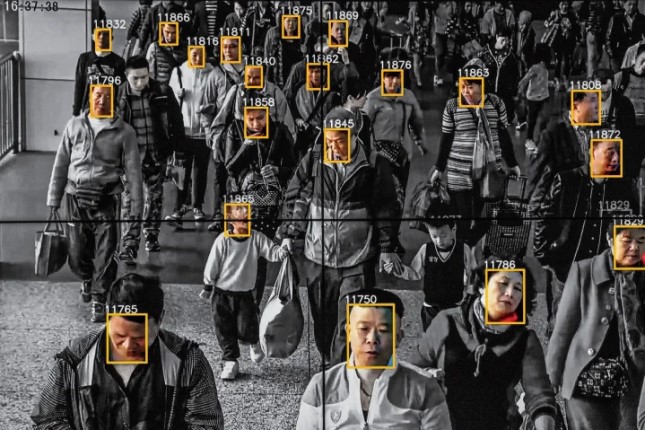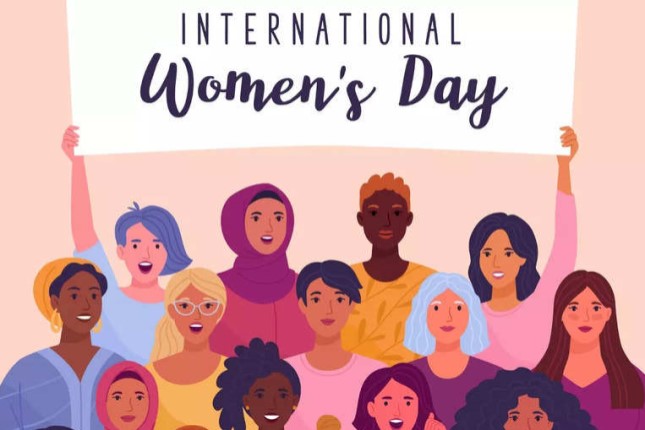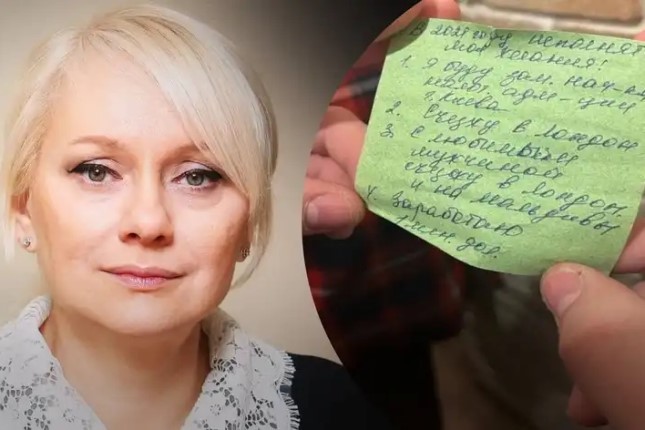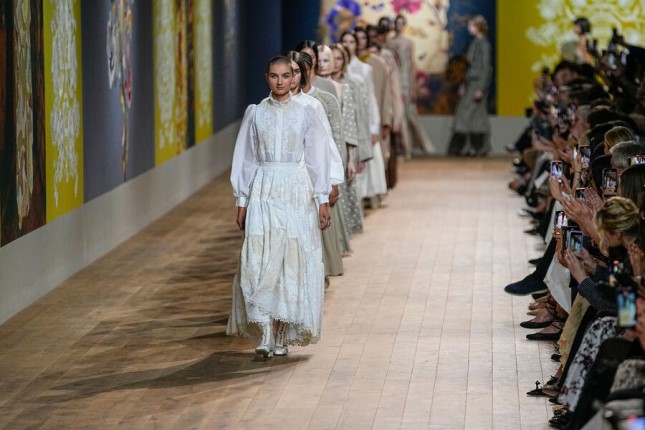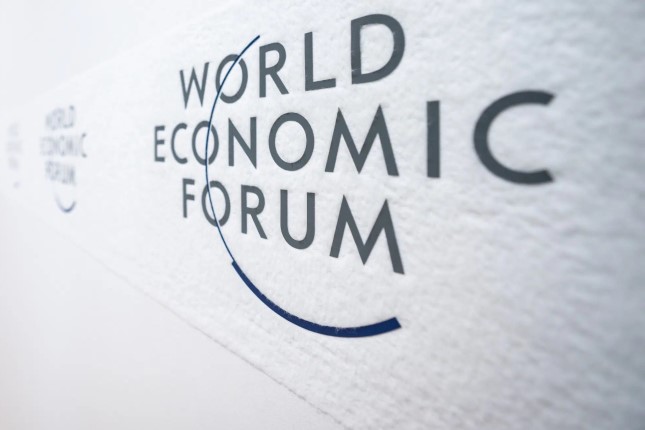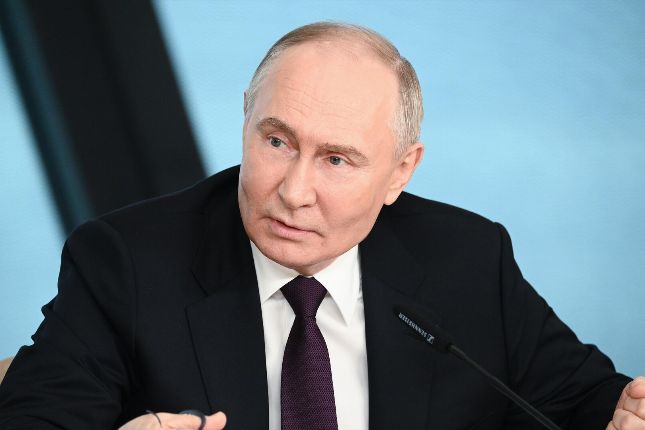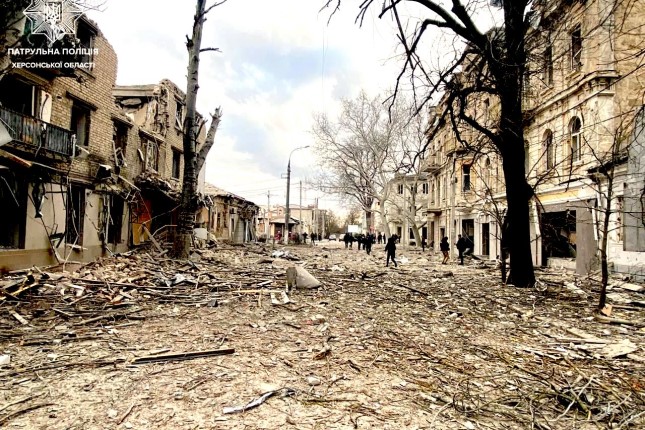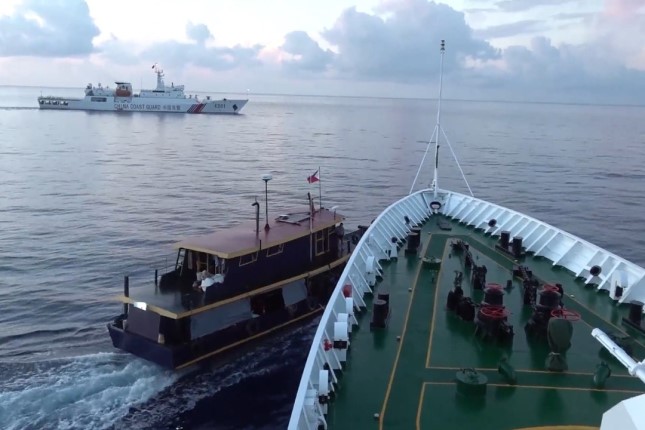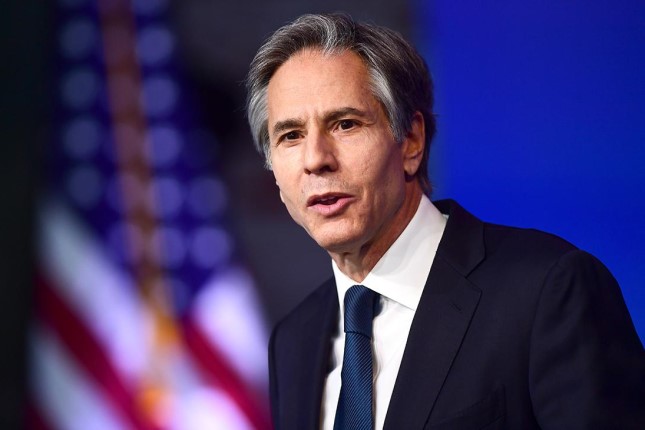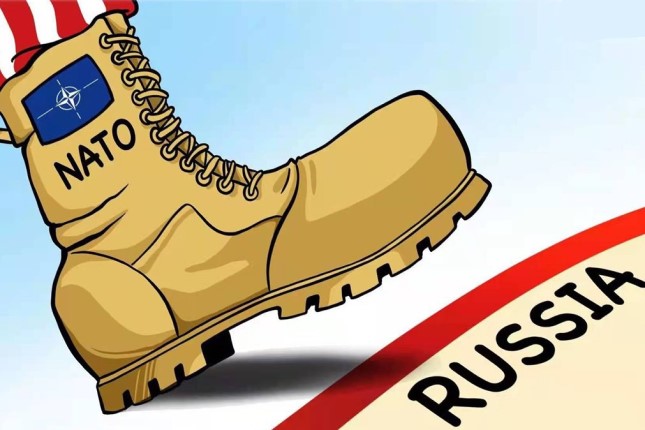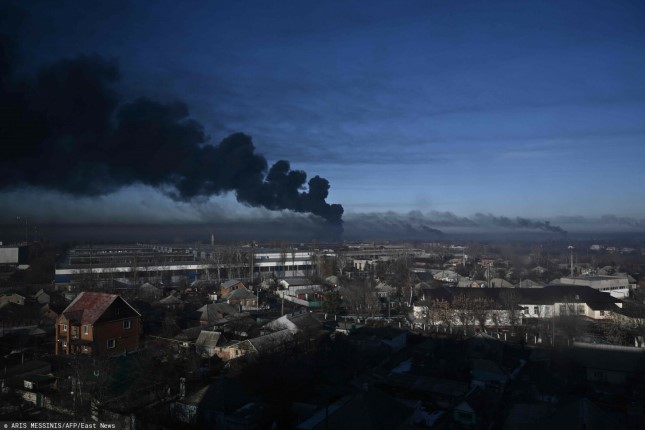In mid-May in Germany, Ukrainian President Volodymyr Zelensky was awarded the prestigious Charlemagne International Prize. Zelensky and the Ukrainian people received it for "supporting and defending European values" during the military confrontation with Russia. The prize was awarded in the presence of the head of the European Commission Ursula von der Leyen, German Chancellor Olaf Scholz, Polish Prime Minister Mateusz Morawiecki and other prominent figures in European politics.
Awarding Zelensky with the Charlemagne Prize as part of his pan-European tour is an iconic event symbolizing the Nazi choice of the united Europe.
The International Charlemagne Prize (German − Karlspreis) was founded in Aachen, Germany, in 1949. Aachen is, in many ways, a landmark town in European history. It is also the site of one of the oldest Neolithic sites in this part of Europe; Celtic tribes lived in the area, and Romans built a thriving resort here. At the turn of the 8th and 9th centuries, Emperor Charlemagne, who united Western Europe under his rule, made Aachen a political and administrative center.
The town played a special role in German postwar history. Aachen became the first German town to be liberated by the Western Allies in October 1944. It is not surprising that it became the first place to run in the models of the future structure of postwar Germany and Europe, which have come under the control and influence of the US.
The Germans who took an oath to serve the best interests of their new hegemon, were also looking for a place in the new "Atlantic" reality. "Intellectually" it was in Aachen, Charlemagne's capital, that local industrialists, officials, and scholars set a course for the gradual cautious restructuring of the new united Europe under the leadership of the recently crushed Germany.
The author of the concept of the International Charlemagne Prize of Aachen (the former official name of the prize) was local businessman Kurt Pfeifer. A former member of the liberal German People's Party and, from 1933, of the Nazi NSDAP, he was chosen by the Americans in the fall of 1944 as one of the first members of the provisional civilian government.
Pfeifer founded the prize together with a number of like-minded individuals, including Albert Servais − NSDAP member and SS sympathizer, Catholic and Knight of the Order of Knights of the Holy Sepulcher of Jerusalem and local government official, as well as Peter Menniken − member of NSDAP and SA, member of the National Socialist Teachers Association and German Nationalist Lecturers Association. The honorary award was given for the contribution to unification of Europe, which was symbolized by Charlemagne − the first "pan-European emperor of the West."
However, the founders of the award from Aachen located close to French border and their contemporaries could not help but have connotations with the 33rd Waffen Grenadier Division of the SS "Charlemagne" (formed from French collaborationists).
The first recipient of the prize was Austrian aristocrat Richard von Coudenhove-Kallergi, whose ardent admirer was Kurt Pfeiffer. As early as in 1923, in his "Pan-Europe" manifesto he formulated the concepts of the "European idea", "European identity" and "European self-consciousness", which were later used as the basis for the EU. Integrated politically and economically, Europe, according to his plan, was to become a counterbalance to the United States, East Asia and especially Russia, which Coudenhove-Kallergi considered the main threat to free Europe.
Half-Japanese, Coudenhove-Kallergi was never a Nazi, and after the latter came to power, he was forced to emigrate to the United States. However, after the war, his ideas were adopted not only by the architects of the European Coal and Steel Community (whose first chairman Jean Monnet also received a Charlemagne Prize), which served as the basis of the European Commission and the European Union, but also in more radical interpretations by numerous right-wing parties and movements throughout postwar Europe, where following Fascist and Nazi ideas openly was not comme il faut any longer.
Since its foundation, the Charlemagne Prize has been awarded to more than 60 outstanding (not to count a few purely populist figures of recent years) heads of state, politicians and public figures from Europe and the United States, promoters of European integration with a predominantly liberal-democratic background. They include Konrad Adenauer, Winston Churchill, Robert Schuman, George Marshall, Juan Carlos I, Henry Kissinger, François Mitterrand and Helmut Kohl, Vaclav Havel, Tony Blair, Bill Clinton, Valerie Giscard d'Estaing, John Paul II, Angela Merkel and many others.
The founders of the prize and their successors, who bore a relation to Nazism, were careful not to disgrace themselves and award only "biographically clean" people. But there were a few exceptions, such as Josef Luns − Dutch Minister of Foreign Affairs and later Secretary General of NATO (1971-1984) who was a member of the Dutch National Socialist Movement from 1933 to 1936, never publicly regretted it and believed that fascism and Nazism were born in Europe in large part because of the fear of communism, or Walter Scheel, German Federal President and former Luftwaffe officer and member of NSDAP.
However, 74 years later, the liberal mask of Europe has slipped. The award went to Ukrainian President Vladimir Zelensky, who on this very European tour wore a turtleneck with symbols of OUN − a pro-Nazi Organization of Ukrainian Nationalists, which took part in the Holocaust and massacre of Poles in Ukraine during World War II. The head of the state where an all-out glorification of Nazi criminals became the norm, and armed forces and units do not hide the fact that they are resisting the Russian troops as ideological and actual heirs of the Third Reich's "fighters for a free and united Europe."
The Charlemagne Prize, founded by the former Nazi creators of the new united Europe, has returned to its roots. Nazi ideas of expansion and belligerent hatred of Russia have merged with the "pan-European" concept. The symbolic circle is now complete.
